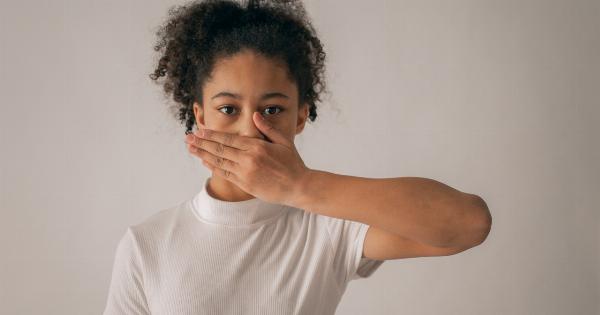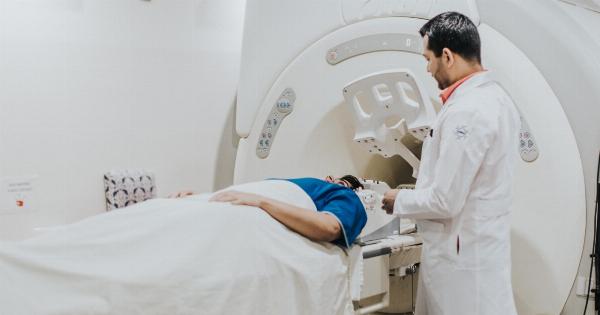Anxiety disorders are a group of mental health conditions that cause excessive fear, worry, and apprehension. These feelings can interfere with daily activities, relationships, and overall quality of life.
Anxiety disorders are common, affecting about 40 million adults in the United States alone. However, many people wait years before seeking help. Having a better understanding of anxiety disorders, including their signs, symptoms, and treatment options, can help individuals receive proper diagnosis and treatment.
Types of Anxiety Disorders
There are several different types of anxiety disorders, each with its own unique set of symptoms. The most common types of anxiety disorders include:.
Generalized Anxiety Disorder (GAD)
GAD involves excessive, ongoing anxiety and worry about a variety of everyday topics, such as work, finances, and relationships. People with GAD often feel tense, anxious and have difficulty sleeping.
Panic Disorder
Panic disorder involves sudden, unexpected panic attacks, which are intense episodes of fear that can last several minutes to an hour. Panic attacks can cause physical symptoms such as chest pain, sweating, and rapid heartbeat.
Social Phobia
Social phobia, also known as social anxiety disorder, involves intense fear of social situations and interactions.
People with this disorder may experience physical symptoms such as sweating, blushing, and trembling, and may avoid situations that cause anxiety.
Obsessive-Compulsive Disorder (OCD)
OCD involves intrusive, persistent thoughts that cause anxiety, and repetitive behaviors designed to reduce anxiety. These obsessions and compulsions can interfere with daily life and relationships.
Post-Traumatic Stress Disorder (PTSD)
PTSD can develop after someone experiences or witnesses a traumatic event. Symptoms can include intrusive memories or nightmares, avoidance of reminders of the event, mood swings, hyperarousal, and hypervigilance.
Diagnosis of Anxiety Disorders
Diagnosis of an anxiety disorder typically involves a combination of a comprehensive evaluation and assessment of symptoms. Medical conditions that may mimic anxiety disorders, such as thyroid disease and heart disease, must first be ruled out.
A mental health professional such as a psychologist or psychiatrist may use a variety of techniques to evaluate for anxiety disorders. These can include structured interviews, questionnaires, and self-report measures.
Family and medical history may also be reviewed.
Treatment Options for Anxiety Disorders
There are several different treatment options available for anxiety disorders, including therapy, medication, and self-help strategies.
Treatment options may depend on the type and severity of the disorder, as well as an individual’s preferences and needs.
Therapy
Therapy can be an effective means of treating anxiety disorders. Cognitive-behavioral therapy (CBT), which involves identifying and modifying negative thought patterns, has been shown to be particularly helpful for anxiety disorders.
Exposure therapy, which involves gradually exposing an individual to feared situations, can also help people better tolerate anxiety.
Medication
Several types of medication may be effective in treating anxiety disorders. Antidepressants, such as selective serotonin reuptake inhibitors (SSRIs) and serotonin-norepinephrine reuptake inhibitors (SNRIs), can help decrease anxiety.
Beta-blockers, which are typically used to treat heart conditions, can also help with some physical symptoms of anxiety, such as racing heart and tremors.
Self-Help Strategies
Self-help strategies can play a crucial role in managing anxiety disorders. These can include exercising regularly, getting enough sleep, and limiting caffeine intake.
Relaxation techniques, such as deep breathing and mindfulness meditation, can also help individuals manage anxiety symptoms.
Conclusion
Anxiety disorders can be overwhelming, but they are treatable. A proper diagnosis and understanding of the various types of anxiety disorders can lead to effective treatment options and improved quality of life.
If you or someone you know is experiencing symptoms of an anxiety disorder, it’s important to seek professional help.





























